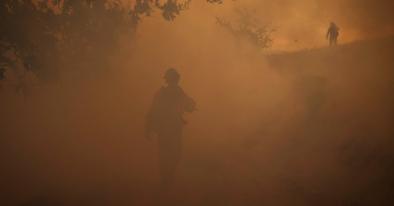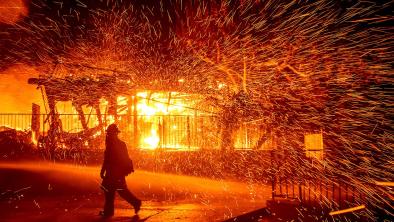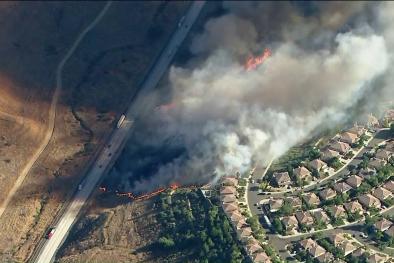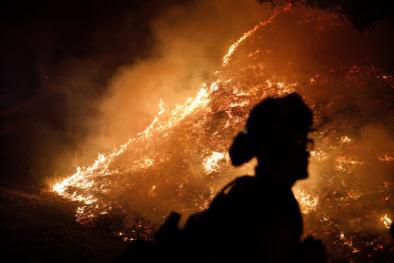Science Source
Expansion of the US wildland–urban interface
- States that for at least two decades, expansion of low-density residential development at the wildland–urban interface has been widely recognized as a primary factor influencing the management of US national forests
- Estimates the location, extent, and trends in expansion of the wildland–urban interface (WUI) in the continental United States
- Maps the WUI by determining the intersection of housing density classes computed from refined US Census data with a map of wildfire hazards based on broad forest types using definitions of WUI from the Federal Register
- Provides a more spatially precise estimation of the WUI that better reflects development patterns of interest to forest land managers
- Defines three wildfire hazard classes based on vegetation type:
- “High” severity applies to vegetation types in which stand-replacing fires dominate both historical and recent fire regimes, e.g., lodgepole pine forest.
- “Low” severity applies where fuels and climate foster mostly low-intensity fires, e.g., aspen-birch forest.
- “High (historically low or variable)” applies to vegetation types in which fires historically were of low or variable intensity, but recently have often burned at high intensity because of a century of fire exclusion, e.g., southwestern ponderosa pine forest.
- Finds that in 2000, the WUI that includes a 3.2 km community protection zone occupied 465,614 km2, and contained over 12.5 million housing units
- Finds that this is an expansion of over 52% from 1970, and by 2030 the WUI is likely to expand to at least 513,670 km2 with the greatest expansion occurring in the intermountain west states
- Notes that roughly 89% of the WUI is privately owned land and about 65% of the WUI occurs in high or high (historically low or variable) severity fire regime classes
Related Content
Headline

Nov 5, 2019 | The New York Times
5 Lessons We Learned From the California Wildfires
Headline

Oct 31, 2019 | The Weather Channel
Two New California Wildfires Burn Homes In San Bernardino, Riverside; Evacuations Underway
Headline

Oct 29, 2019 | BNN
California Fire Damage Already at $25.4 Billion, and Counting
Headline

Oct 29, 2019 | The Mercury News
California fires: Is climate change making the winds stronger?


